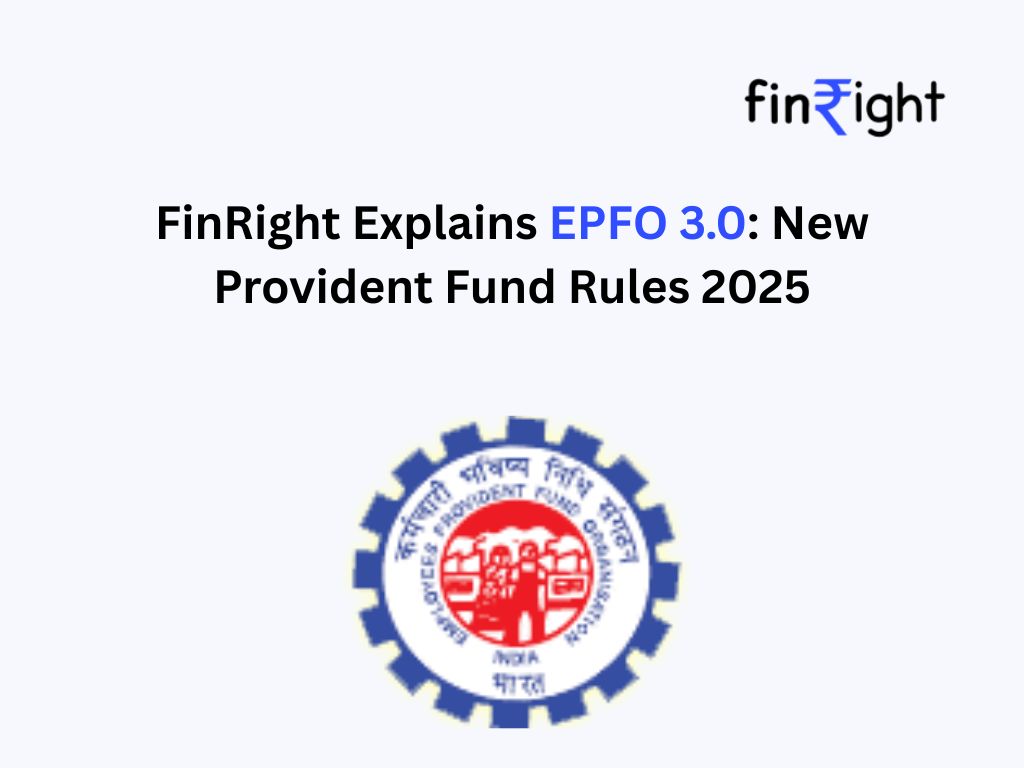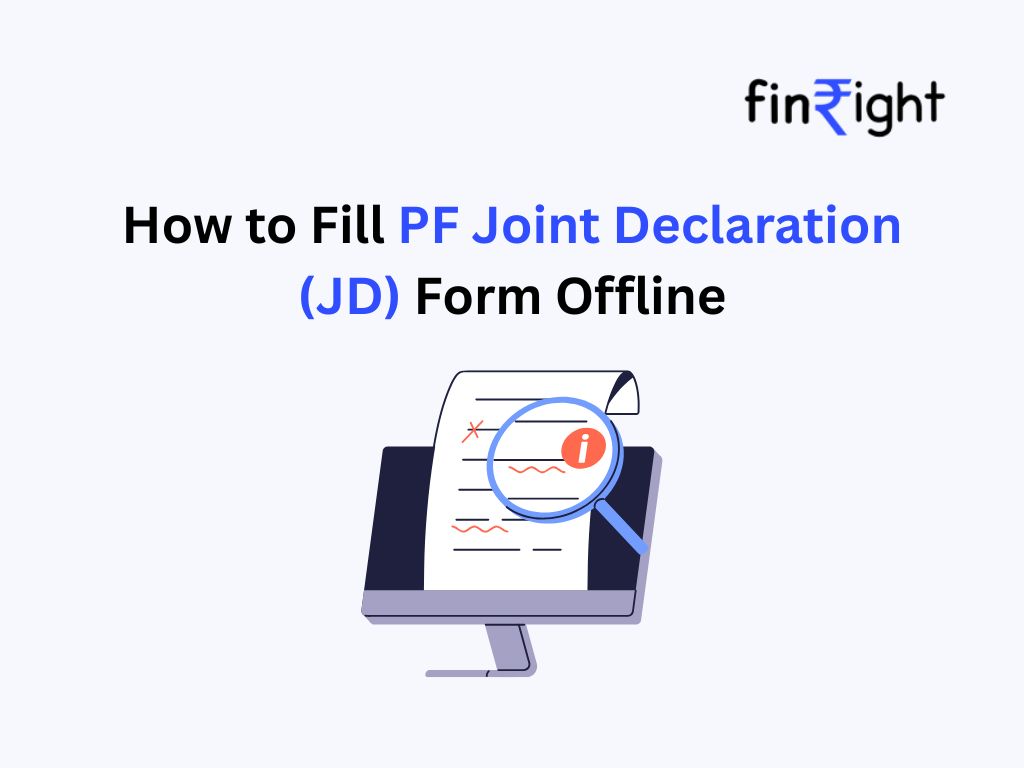The Employees’ Pension Scheme (EPS) is a cornerstone of India’s retirement benefits system. Managed by the Employees’ Provident Fund Organisation (EPFO), it aims to provide pension benefits to private-sector employees post-retirement. However, many salaried individuals are unaware of how EPS works and this lack of understanding often leads to confusion, false expectations, and serious financial roadblocks when it’s time to withdraw funds or claim benefits.
In this article, we’ll break down how EPS functions, recent rule changes, and the pitfalls employees should watch out for especially those who joined the workforce after 2014.
What is EPS and How Does It Work?
EPS is a social security scheme introduced to ensure a fixed monthly pension to eligible employees after retirement. It operates under the larger umbrella of the EPF (Employees’ Provident Fund), but its rules and benefit structures are quite different.
🔹 Key Features of EPS
- Contribution towards EPS:
When you are employed in a company covered under EPFO, both you and your employer contribute 12% of your basic salary + dearness allowance each month towards your Provident Fund (PF).
- Your 12% contribution goes entirely into your EPF (Employees’ Provident Fund) account.
- Your employer’s 12% contribution is split between EPF and EPS (Employees’ Pension Scheme) as follows:
- 8.33% of your salary (up to ₹15,000) is diverted to EPS (pension).
- The remaining amount goes into EPF.
Important:
Even if your actual salary is more than ₹15,000, the employer’s EPS contribution is calculated only at ₹15,000 (i.e., maximum ₹1,250/month towards EPS).
Example: If your basic salary is ₹20,000 per month:
- Your contribution (12%) = ₹2,400 → goes fully into EPF.
- Employer’s contribution (12%) = ₹2,400 → split as:
- ₹1,250 to EPS (based on ₹15,000 cap)
- ₹1,150 to EPF.
Summary:
🔹 Employees contribute only to EPF.
🔹 Employers contribute to both EPF and EPS from their share.
🔹 EPS builds your future pension; EPF builds your retirement savings.
- Eligibility for Monthly Pension:
To receive pension benefits:- You must complete a minimum of 10 years of service, and
- Pension begins at age 58, with early pension available from age 50 with reduced benefits.
- Maximum Pensionable Salary:
The pension is calculated based on the average monthly salary during the last 60 months, but capped at ₹15,000, unless a prior provision was opted into (which is no longer available).
How EPS Changed After 2014: What It Means for You
New Employees Earning Above ₹15,000 Are Not Eligible for EPS
Effective September 1, 2014, a major amendment was made to the EPS scheme:
- Employees joining EPFO for the first time with a monthly basic salary above ₹15,000 are not eligible for EPS.
- Employers are not required to make EPS contributions for such employees.
- Instead, the full 12% employer contribution should go to the EPF account.
The catch? Many employees and even employers remain unaware of this change. As a result, EPS deductions may still be happening even when they shouldn’t, leading to EPF withdrawal rejections and blocked funds with no retirement benefit.
“Once an EPS Member, Always an EPS Member”
If an employee joined EPF before September 2014 and was already contributing to EPS, they continue to remain under the EPS framework even if their salary later exceeds ₹15,000. This is known as the “grandfathering clause”; their membership is protected.
EPS Eligibility: Based on Your First Job’s Salary, Not Your Current One
For employees who joined the EPF scheme after September 1, 2014, EPS eligibility is determined at the time of joining their first job.
- If your initial basic salary was ₹15,000 or less, you were automatically enrolled in EPS.
- Even if your salary increases later, you continue to remain an EPS member — in other words “Once an EPS member, always an EPS member”.
- Your subsequent wage hikes do not disqualify you from EPS.
- On the other hand, if you joined your first job after 2014 amendment and your basic salary was above 15000 at the time of joining, you are not eligible for EPS. Even if your employer continues to deduct the amount by mistake.
- This makes your initial Form 11 declaration critical, as it defines your EPS status for life.
Common Issues Employees Face with EPS
❌ 1. Assuming EPS Eligibility Without Confirmation
Many employees believe that if they’re contributing to EPF, they’re also entitled to EPS benefits. This is a faulty assumption. If you joined after 2014 and earn above the salary cap, you may not be an EPS member at all even if deductions are still being made.
❌ 2. The Form 11 Confusion When Switching Jobs
Whenever you change employers, you’re typically required to fill out Form 11, a declaration form under the EPF scheme. One of the most critical yet overlooked questions in the form is:
“Were you a member of the Employees’ Pension Scheme (EPS), 1995 before?”
This question determines whether your new employer will continue EPS contributions on your behalf. However, most employees:
- Don’t understand the importance of this question, and
- Often tick the wrong option by mistake or leave it blank.
➡️ If you incorrectly declare yourself as an EPS member (despite being ineligible due to joining post-2014 and earning above ₹15,000), your new employer may resume EPS contributions, unknowingly funneling your money into a benefit you can’t claim.
➡️ Conversely, if you were previously eligible and fail to mark yourself correctly, your EPS continuity may be disrupted, causing problems during pension withdrawal or calculation.
Form 11 is not just a formality — it plays a major role in determining EPS membership and eligibility.
❌ 3.Common Surprises During PF Withdrawals
Employees planning to withdraw or transfer their EPS balance after job change or retirement often realize that:
- No EPS balance exists, or
- Their pension application is rejected due to ineligibility under the 2014 rule.
How to Protect Yourself from EPS Complications
1. Verify Your EPS Eligibility
- Log into the UAN portal or check your EPF passbook.
- If you joined after Sep 1, 2014 and your salary was above ₹15,000, you should not see EPS deductions.
- If EPS amounts are being deducted incorrectly, speak with your HR or payroll team immediately.
2. Ensure Full EPF Allocation
- For ineligible employees, the entire employer contribution (12%) should be routed to EPF, not split with EPS.
- Double-check your contribution entries to confirm accurate allocation.
3. Educate Yourself and Ask the Right Questions
- Don’t assume your employer or HR department is aware of every nuance.
- Seek professional financial advice or raise queries on the EPFO grievance portal if your records appear incorrect.
Don’t Let Misunderstanding Cost You Your Pension
The 2014 EPS amendment marked a significant shift in who qualifies for pension benefits in India’s organized sector. If you joined after that year and earn above ₹15,000, chances are you’re not an EPS beneficiary, even if deductions appear in your pay slip. Misplaced expectations and incorrect deductions are leading to blocked, non-recoverable contributions that can derail retirement planning.
Understanding your rights, checking your contribution records, and acting early can prevent future financial disappointment.
Need Help?
Still unsure about your EPS eligibility or have incorrect deductions?
#AskFinRight — and make sure your hard-earned money actually works for your retirement.
FAQ
- Who is eligible for EPS monthly pension?
To receive a monthly pension under EPS, you must:
- Complete 10 years of service under EPS-covered jobs.
- Reach the age of 58 years (early pension allowed from 50 with a reduction).
- Have joined EPS before Sep 1, 2014, or had a starting salary ≤ ₹15,000 if joined later.
- Have not withdrawn your EPS amount (via Form 10C).
- How does early pension under EPS reduce benefits?
If you start your EPS pension between age 50 and 58, your pension is reduced by 4% for each year before 58.
For example, starting at 50 years means a 32% lower pension for life.
You must have completed 10 years of service to opt for early pension.
- What is the Maximum Pensionable Salary under EPS?
Pension is calculated on the average salary of the last 60 months, but capped at ₹15,000, even if your actual salary is higher.
Opting for pension on higher salary was allowed earlier but is no longer available after September 1, 2014.
- What is Form 11?
Form 11 is a self-declaration form that an employee submits when joining a new company covered under EPFO.
It captures your basic details, UAN (Universal Account Number), and past EPF membership status.
- How do I check my EPS eligibility?
- If you joined before Sep 2014, you are automatically an EPS member.
- If you joined after Sep 2014 and your first job’s basic + DA was less than ₹15,000, you are eligible.
- Once an EPS member, always an EPS member, regardless of salary hikes later.
- What happen if there is discrepancy in my EPS eligibility
- Identify where the error began.
- Contact HR and submit a clarification letter along with the correct ECR to EPFO.
- If unresolved, raise a grievance on the EPFO portal.





